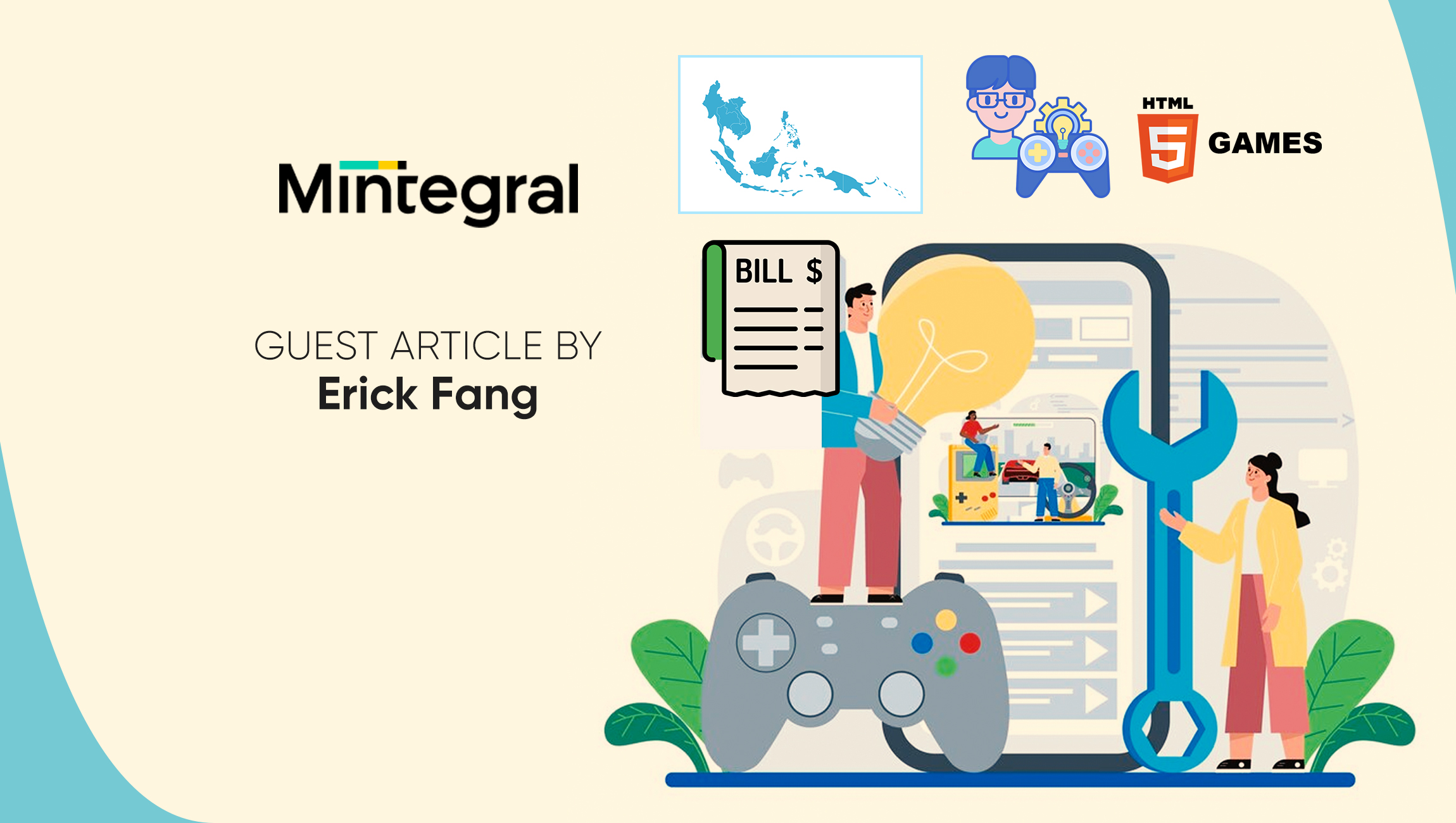In an inevitable turn of events, social media giants like TikTok, Telegram, and Facebook are expanding more aggressively into the world of gaming with their introduction of “playable” mini-games.
Even LinkedIn, a traditionally professional platform, has launched three mini-games, marking a significant shift in the digital landscape.
These HTML5 games are not a passing fad but rather represent a burgeoning market with vast potential, especially here in Asia, and are good for competition in the gaming ecosystem by expanding choice for both consumers and developers.
HTML5 games are browser-based, allowing users to play without downloading or registering, and it is this ease of access that has contributed to their rapid growth, with the global market projected to expand at a CAGR of 9.49 per cent from 2023 to 2032.
To be more specific, HTML5 games are built using the HTML5 standard, which includes a combination of HTML, JavaScript, and CSS, and can be played directly in a web browser without needing plugins like Flash.
Marketing Technology News: MarTech Interview with Laurel Rossi, CRO and CMO @ Infillion
One of the key features of HTML5 games is their cross-platform compatibility, allowing them to be played on various devices including desktops, tablets, and smartphones, without requiring installation (meaning users can play them instantly without downloading or installing anything).
By comparison, in-app mini games are smaller, often simpler games embedded within a larger application, designed to enhance user engagement by providing additional interactive content that keeps users engaged with the main app.
Many mini games offer in-app rewards, bonuses, or incentives for the main application, making them appealing to users – by providing an enjoyable and addictive experience, they help drive user retention, encouraging users to return to the app more frequently.
In-app mini games are often contextually relevant to the primary function or theme of the main app and are commonly found in social media platforms, fitness apps, and e-commerce apps, serving as an additional layer of entertainment to the main service offered by the app.
For Asian game developers specifically, this trend presents a golden opportunity as the gaming category continues growing at an impressive rate, driven by their inherent advantages including quick player acquisition, simplified development, and seamless updates.
In the Asian context, examples of successful in-app mini games include those on WeChat and Douyin. These platforms have integrated mini games to great effect, driving user engagement and retention significantly.
WeChat’s mini game market, in particular, has seen substantial growth, demonstrating the viability and success of this business model.
Monetizing millions of gamers on budget devices
The average cost of smartphones among Asian buyers varies significantly based on the country and the brand; in the Philippines, for example, budget-friendly smartphone options are available for as low as 3,199 pesos (US$57).
For regional developers, familiarity with HTML5 means faster and more cost-effective game creation, offering ease of development and lower barriers to entry on budget devices common across emerging Asia.
Unlike with Apple’s App Store on iPhone or the Google Play Store on Android, these games can be updated remotely, ensuring all players access the latest version without manual updates via the given app store.
In Asia as elsewhere, social media platforms offer extensive traffic sources for app and game developers, providing a large and engaged audience that is becoming more familiar with and open to the idea of games not downloaded through an app store.
Particularly among younger users, who favour quick and casual gaming experiences on their lunch breaks or commutes, this category often hits the sweet spot and monetisation opportunities are abundant for the developers.
HTML5 games primarily generate revenue through in-app advertising, tapping into diverse traffic sources, while gamified advertising — a method that incorporates game elements into ads — has proven highly effective in Asia, offering advertisers interactive and engaging ways to connect with audiences.
While casual and hyper-casual games dominate, there is room for integrating mid-core elements to appeal to Western markets, which often prefer competitive games with rich narratives.
Southeast Asia’s game developers should seek to compete globally
However, for game developers based in Asia hoping to expand globally, there are certainly challenges, including high customer acquisition costs and varying user preferences by region.
To succeed, developers here need to keep users engaged and improve their lifetime value through personalised content and retargeting strategies that enhance brand exposure and conversion rates, leaning on gamified advertising’s strengths as a powerful tool for retention and engagement.
The market of HTML5 games has immense potential, with user adoption far from reaching its peak, meaning early entrants can quickly gain a competitive edge and can learn user acquisition strategies from hyper-casual games in order to create hit products.
I’ve seen first-hand how targeted advertising campaigns of one HTML5 gamebox by Asian developers have led to significant user growth in key markets like the US, Australia, Japan, and South Korea, achieving returns on investment of as much as 130 per cent.
Small- and medium-size gaming studios can consider starting with casual games in HTML5. Apart from a broad user acquisition channel, it’s crucial to consider tools for streamlining and simplifying the process so that the development team can focus on delivering excellent gameplay design.
Such tools should include creative automation, cross-channel marketing, and analytics.
Ultimately, this rise of HTML5 games presents an opportunity, and by leveraging the right strategies and partners, developers here can secure a strong foothold in this rapidly expanding market.
Marketing Technology News: How E-commerce is Evolving in a Post-Third-Party Cookie World











